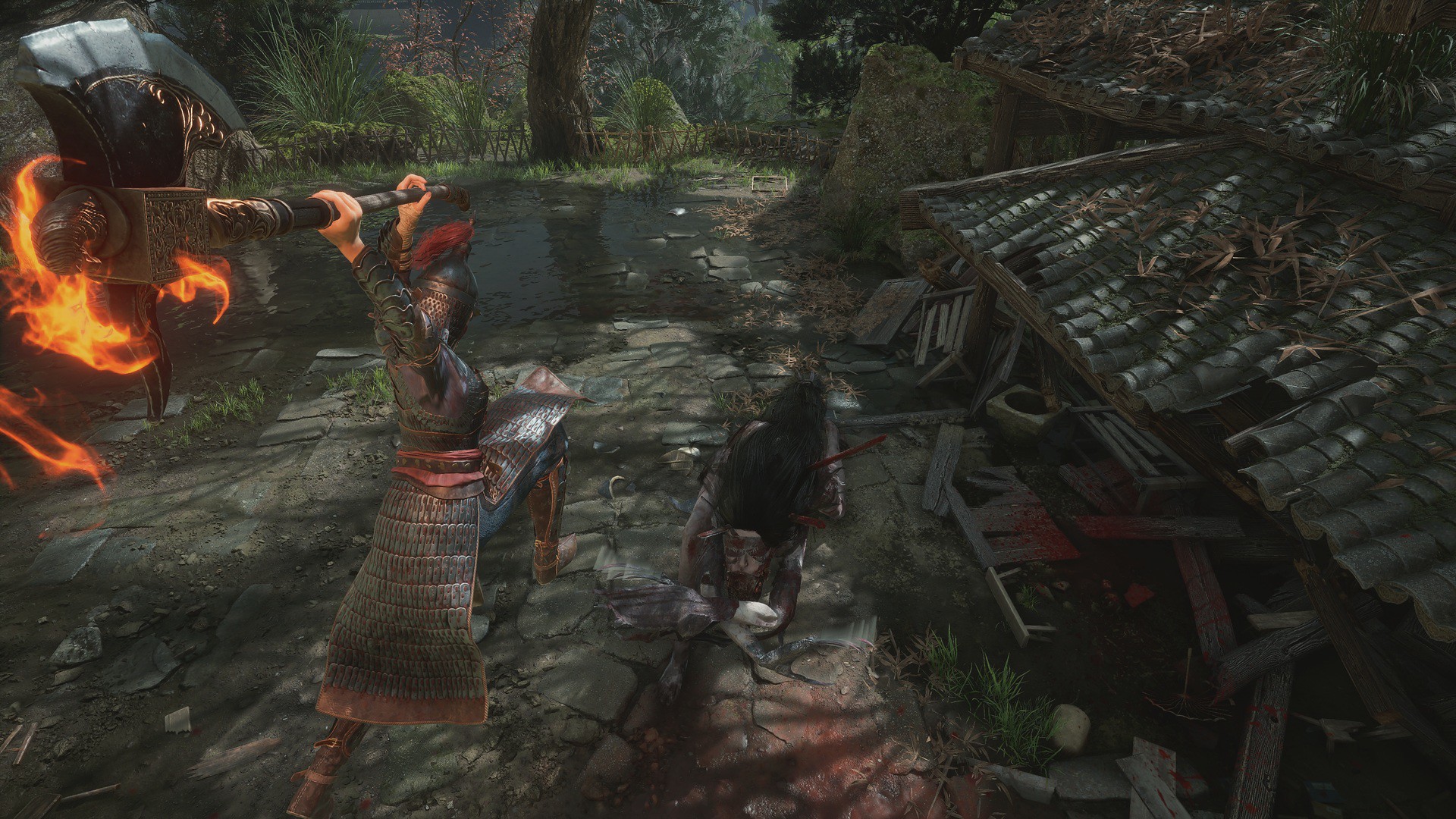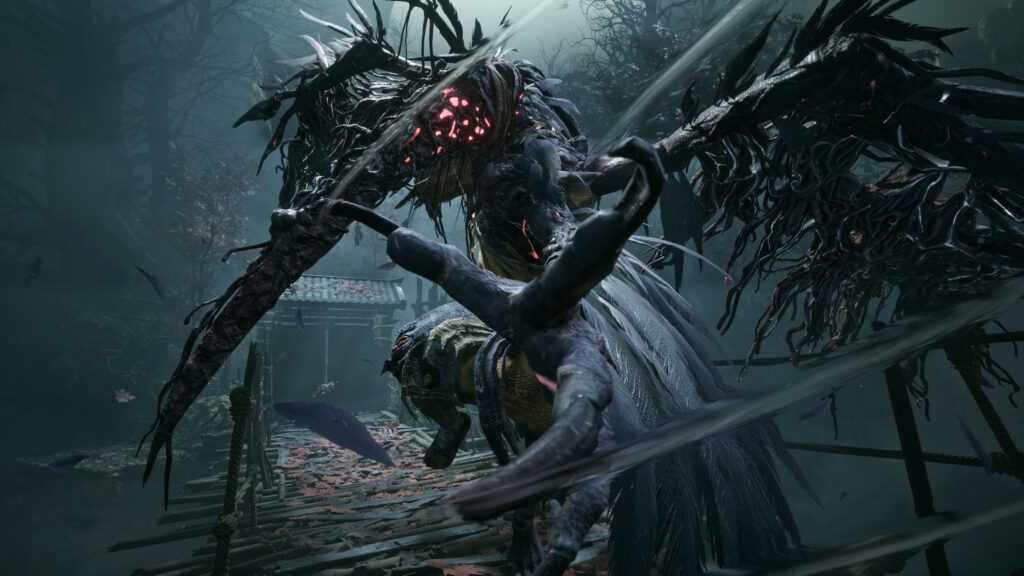When 2025 began, few of us expected that $80 would be an actual price to pay for video games. Sure, value is subjective and everyone is free to do what they want with their money, but the $70 price tag feels like it was introduced only yesterday, despite actually being around for more than four years by that point. And while it was eventually accepted, for better or worse, $80 felt like a much tougher ask. Suitable for a Grand Theft Auto 6 perhaps – how frequent are such monumental releases, anyway? – but for Mario Kart World? Or, as we eventually learned, The Outer Worlds 2?
What about Battlefield 6, which rumors state is going for the same price? At least Microsoft took the hint and reduced The Outer Worlds 2 to $70, which feels more like it’s trying not to cannibalize sales through Game Pass. Then there’s the Borderlands 4 fiasco (the “Randy Pitchford fiasco” is too wide-ranging), which also ended up costing $70 but only for Xbox Series X/S, PS5, and PC – Switch 2 is still up in the air, and that can’t be good news.
Even with the cancellation of high-profile projects across the industry and the continued gold rush into the Death Valley of live service, it’s truly rich to see some games demand such high prices and then demand some more through microtransactions, Season Passes, early access incentives, and whatnot.
However, 2025 has offered surprises in other areas, namely in the space that many would consider “double A.” It all truly began with Clair Obscur: Expedition. We were far from truly understanding its depths, only seeing a star-studded cast with gorgeous visuals. To hear that it would cost $49.99 was shocking. The 30-plus hours for the story seemed about right, but then the developer hit us with the “as much side content for our completionist Expeditioners.”
Post-launch, it’s still one of the highest-rated games of the year, selling millions in days. And that’s not including the number who played it through Game Pass. Of course, other releases, like The Elder Scrolls 4: Oblivion Remastered, based as it was on an already available game, reinforced that the $49.99 price was no joke. The base game with all its DLC and expansions for $49.99, including all the new bells and whistles, felt like a steal given the hundreds of hours it could provide (and that’s before factoring in mods). It recently hit nine million players and is the second-best-selling game of the year in the United States, despite being available on Game Pass. Credit the name recognition all you’d like, it’s still noteworthy.
In that same vein, we have Wuchang: Fallen Feathers. Once again, $49.99. No Season Pass or microtransactions. About 40 to 60 hours long on average to complete (though there have been players clearing the story in much less time). Think back to all the other double-A Souls-likes that launched over the years – very few managed to offer this much at such a price tag and provide a fun experience to match.
And make no mistake – there is a lot to like about Wuchang. The Dark Souls-like exploration gives way to organically discovering useful items and challenging fights, not to mention extensive freedom to tackle the game as you choose. While it features stat scaling weapons, leveling up is tied to a skill tree, which governs almost everything. You could opt into more survival with Manna Vase charges and additional healing, or forego it entirely in favor of damage. Stat upgrades are important, but there are plenty of other viable choices, like weapon masteries, which ensure all weapons within a singular category remain upgraded at all times.
Outside of the potential build crafting with all the different unique weapons and spells, which is easy to experiment with since respeccing is free, Wuchang is packed with side quests that influence the main narrative, leading to different endings. Even the boss fights are incredibly solid, and being able to let loose with your combos, weaving in dodges and Swift Draw strikes for more damage, feels great.
The whole Madness mechanic is also ingenious because it can be leveraged in many different ways. Use it as a damage boost as you continuously attempt to the same boss, take it as a challenge while playing through the game due to the increased damage received, or build into it for a completely unique playstyle on top of your current build. Among many other things, it adds another layer of mastery to the experience while creating some much-needed friction.
And before you say it – yes, Wuchang isn’t perfect. Even with all its fun mechanics, it’s still taking many cues from other titles like Wo Long: Fallen Dynasty and Dark Souls. Then there’s the PC performance, which has resulted in a “Mostly Negative” rating on Steam at this time. Leenzee Games released a new patch, introducing a low-latency mode while also optimizing VRAM on lower-end GPUs and fixing crashes. It also has a “more extensive patch” in the works that will arrive in the coming days.
Wuchang: Fallen Feathers managed nearly 132,000 peak concurrent Steam players at launch, which is pretty impressive despite its technical issues. And while it’s received some fairly negative reviews, the overall impression from critics ranges in the mid-70s at this time – a respectable total.
Even if that doesn’t earn it any Game of the Year nominations, it’s still the continuation of a trend that I hope persists in the coming years. Game developers with smaller teams (at least relative to the gargantuan efforts of major publishers) and focused creative visions, delivering a product and asking an extremely fair price. It wouldn’t have been strange at all to see Wuchang retailing for $60, given the amount of content and years of work that’s gone into it. Yet, here we are, and it’s still available on Game Pass for those who aren’t sure if they want to drop that much.

Granted, publishers aren’t exactly rushing to embrace the same pricing model or even develop games within that same scope. 2K’s Mafia: The Old Country is one exception, and right now, it feels more like the exception to the rule rather than building an initiative for similar efforts. In the same vein, Senua’s Saga: Hellblade 2 on the PS5, which launched last year at the same price on Xbox Series X/S and PC, and despite overall positive impressions, still received criticism for its relatively short runtime.
Whether this pricing model is in direct response to the current state of the industry or not, it’s a positive sign. It represents creators utilizing their available resources and committing to more focused game design, especially with unique artistic direction and music. Despite Wuchang deriving so much from other titles, it’s still done things that its Souls-like competitors didn’t even consider for years and years. If that will be its lasting legacy, then so be it, though there is plenty more to like.
There’s still a way to go before it can please everyone, especially on PC. However, if Wuchang: Fallen Feathers and the many other $50 (and below) titles released this year prove anything, it’s that there’s still room for entertaining games with dozens of hours of content at fair prices.
This feature expresses a personal viewpoint. Readers are encouraged to make their own decisions about the game based on personal preferences and boundaries.


